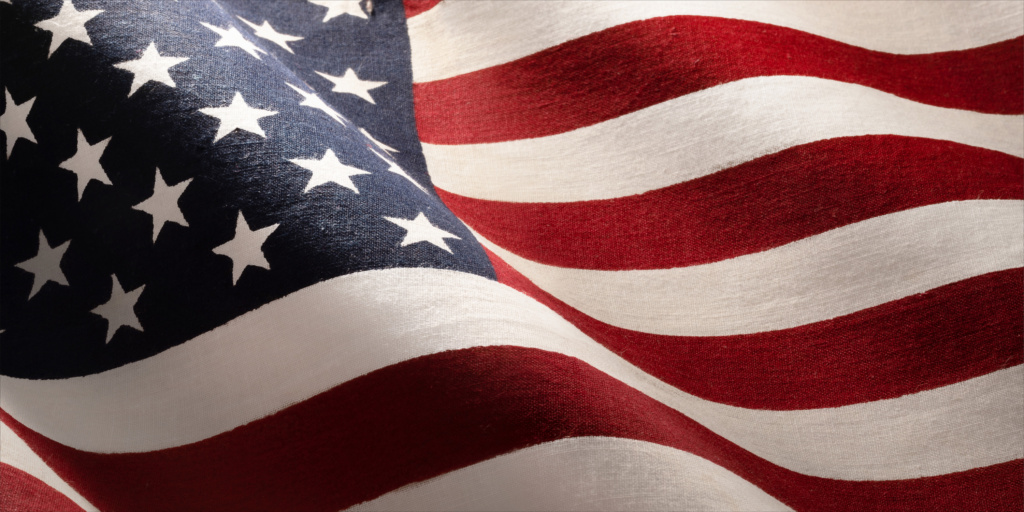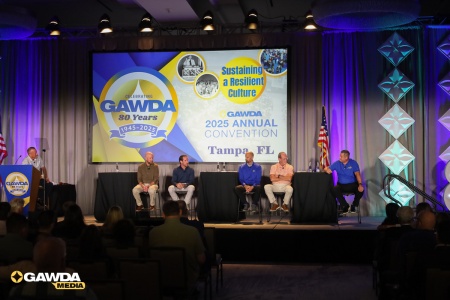The term “Made in the USA” is one that is familiar to everybody. We’ve seen it on packaging. We’ve seen it in commercials, usually accompanied by flags waving, baseball in the background and apple pie coming out of the oven. And research suggests that the term does more than evoke feelings of patriotism. It can actually drive consumer spending and habits.
But the term “Made in the USA” and other similar claims, like “American Made,” are more than just branding and sloganeering. Made in the USA is actually a federally protected designation from the Federal Trade Commission. According to the FTC’s website, to be accurately described as Made in the USA, a product must not only be assembled within the country, but “all or virtually all made in the U.S.”
The site continues, “‘All or virtually all’ means that all significant parts and processing that go into the product must be of U.S. origin. That is, the product should contain no – or negligible – foreign content.”
The designation applies to claims both explicit, i.e.. Made in the USA, and implied, like “built in America.” The FTC has, in recent years, forced some companies to clarify those implied statements by adding statements like “Built in America from Imported Parts” or by asking them to specify the percentage of parts in the product that are American vs. foreign.
Complying With Made in the USA Standards
While there is no actual “certification” required from the FTC that a product is American made, the FTC does have the authority to punish companies who market their products as American made if they are not. In fact, the FTC recently finalized a new rule that will crack down on marketers who make false, unqualified claims that their products are Made in the USA.
On July 1, 2021, the FTC released a statement from FTC Commissioner Rohit Chopra, Chair Lina Khan and Commissioner Rebecca Kelly Slaughter, which said, “Today, the Commission has voted to adopt a final Made in USA rule. The final rule reflects a substantial number of comments from the public, which overwhelmingly supported this policy change by the Commission. By formally codifying this rule, the Commission has activated a broader range of remedies, including the ability to seek redress, damages, penalties, and other relief from those who lie about a Made in USA label. The rule will especially benefit small businesses that rely on the Made in USA label but lack the resources to defend themselves from imitators.”
Dynabrade, a Clarence, NY, manufacturer of high-end abrasive power tools and vacuum systems, has many products that it markets as Made in the USA.
“Made in the USA is very important to us as a company,” says Director of Marketing Ronald Veiders. “Being a local company and servicing distributors in the USA and globally for over 50 years, the ideal of a product being designed, engineered, manufactured and assembled in the USA is still highly sought after, and has high regard. All of our tools fit within this production model. We also pride ourselves that while we have some automated processes in our facility, our assembly process is by hand by our employees, and every tool is tested by a Dynabrade employee to ensure it operates appropriately. It’s that craftsmanship and attention to detail that goes into every Dynabrade tool we offer.”
Veiders notes that some of its product lines, like its Dynabrade NITRO series of tools, do not qualify as Made in the USA and so the company is very careful to never put a Made in the USA claim on any of those lines or products.
Does “Made in the USA” Make a Difference?
A study conducted by the Boston Consulting Group in 2012 revealed that 80% of Americans are willing to pay more for a product that is labeled “Made in the USA.” And the past several years have only added to that consumer sentiment. First, as goods from overseas have seen price increases due to tariffs, then, as COVID made lead times and raw materials from overseas more difficult and more expensive to get.
“Our distributors are proud to offer Dynabrade Made in the USA tools, and end-users see Made in the USA as high on their decision-making process,” says Veiders. “We send surveys out annually to ensure we are delivering the best products and service we can, and the responses are overwhelming.”
Another GAWDA supplier, Norris Cylinders, announced in June 2021 that it had achieved the “Made in the USA Designation.”
“For more than 70 years, Norris Cylinder has provided a strong commitment to providing customer solutions with demonstrated quality and exceptional service to the compressed industrial gas industry,” said Thomas Amato, TriMas President and Chief Executive Officer. “We believe this important step to recognize our Made in the USA status is a win for our customers, employees and the communities where we operate. We are pleased to continue to support our stakeholders by further investing in Norris Cylinder manufacturing operations in the United States, which continues to advance local skills and technology development.”
But being Made in America can provide competitive advantages beyond nationalism or patriotism.
“Made in America is one of the first things that I wanted to do when I started designing our tools,” said the late Bob Doan, who founded Flange Wizard, Inc. “You have to have complete control of your products so that the distributors can get the products when they want them.”
Norris Cylinder President Chuck Manz echoed those sentiments. “As a Made in the USA manufacturer, we are able to assure our customers that all of their gas packaging and safety requirements are locally addressed,” he says. “We manufacture in Texas and Alabama and source virtually all of our materials or components from other U.S. manufacturers, thereby cascading our commitment to the U.S. workforce, and maintaining more control over lead times and quality.”
Made in America is a powerful marketing tool. But the process for ensuring that your company actually qualifies as a Made in America manufacturer can be tricky. The FTC has shown an increased willingness to pursue false “Made in America” claims. So, if you are Made in America, yell it from the mountain tops for all to hear! But if you aren’t, think twice about claiming or implying that you are.
![]()
So how can your company ensure that it is complying with the FTC rulemaking? According to an FAQ from the FTC website for Unqualified Made in the USA Claims, i.e.. Those that don’t specify things like “60% U.S. Content” or “Made in USA from imported parts” (ftc.gov/tips-advice/business-center/guidance/complying-made-usa-standard:
What substantiation is required for a Made in USA claim?
When a manufacturer or marketer makes an unqualified claim that a product is Made in USA, it should have — and rely on — a “reasonable basis” to support the claim at the time it is made. This means a manufacturer or marketer needs competent and reliable evidence to back up the claim that its product is “all or virtually all” made in the U.S.
What factors does the Commission consider to determine whether a product is “all or virtually all” made in the U.S.?
The product’s final assembly or processing must take place in the U.S. The Commission then considers other factors, including how much of the product’s total manufacturing costs can be assigned to U.S. parts and processing, and how far removed any foreign content is from the finished product. In some instances, only a small portion of the total manufacturing costs are attributable to foreign processing, but that processing represents a significant amount of the product’s overall processing. The same could be true for some foreign parts. In these cases, the foreign content (processing or parts) is more than negligible, and, as a result, unqualified claims are inappropriate.
What items should manufacturers and marketers include in analyzing the percentage of domestic content in a particular product?
Manufacturers and marketers should use the cost of goods sold or inventory costs of finished goods in their analysis. Such costs generally are limited to the total cost of all manufacturing materials, direct manufacturing labor, and manufacturing overhead.
Should manufacturers and marketers rely on information from American suppliers about the amount of domestic content in the parts, components, and other elements they buy and use for their final products?
If given in good faith, manufacturers and marketers can rely on information from suppliers about the domestic content in the parts, components, and other elements they produce. Rather than assume that the input is 100 percent U.S.-made, however, manufacturers and marketers would be wise to ask the supplier for specific information about the percentage of U.S. content before they make a U.S. origin claim.










